The legacy of the Gemini circus, the decline of a spectacle and uncertain times ahead.
When we look back on Circuses, we think of their golden age. The massive tents with roaring audiences, bright lights, starry-eyed children, and an assortment of sounds, smells, and sights. We picture acrobats flying across the stage, ever-so petite women defying their physical limits, clowns with bright red noses leaving crowds in splits of laughter and magnificent creatures of the animal kingdom, leaving audiences on the edge of their seats.
However, over time, the sun has gone down on what once used to be a thrill for all ages. Circus shows are no longer what they used to be, with the last three decades seeing a shift in perception, where clowns star in horror films and taming wild animals is more likely to spark protests than ticket sales.
With this, has also arrived, the gradual death of anticipation around entertainment. In this digital age of instant gratification, lines for tickets to shows have run down to a trickle, with almost all entertainment forms moving to digital platforms, available from the comfort of our 21st-century homes.
Gemini Circus
Perintalmanna, 1989.
This then begs the questions; Is it too late for the Circus to return to its former glory? Or is it an art form that will fade into oblivion?
We explore this in conversation with Mr.Ashok Shankar the son of Mr. MV Shankaran, who founded the legendary Gemini circus. Ashok takes us through the glittering past and the uncertain future, of one of the most elaborate forms of entertainment in the world, and what was once called the greatest show on earth.
“It is difficult for this generation to understand the appeal of the circus in its glory days, having not seen it with their own eyes,” says Ashok.
Ashok takes us back to his father’s first exposure to circus life. M.V. Shankaran (b. 1924) felt the magnetism of the circus at a very young age and joined a circus Kalari where he learned to perform. He eventually took a hiatus and joined the Indian army, but was drawn back to the circus and went on to become one of India’s first flying trapeze artists. He went on to work for a Bengali circus where he received a very handsome sum for his talents.
With the desire and passion that he carried for the art of the circus, in 1951, Shankaran and his friend K. Sahadev bought a small circus and renamed it “Gemini Circus” . A name that would only get bigger and grander for the next four decades.
Gemini Circus
Perintalmanna, 1989
“In those days, you had to do everything,” says Ashok. “From being an artist to office work, to manual labor. Even though my father was not an animal trainer, there were times where he had to handle panthers and other wild animals.”
Ashok fondly recollects his magical childhood days where he’d spend his summer holidays travelling with the circus, meeting noteworthy personalities and returning to school with the most exciting stories to share. He says that only upon looking back has he realized how different and interesting his childhood was from his peers. As a child growing up around a circus, Ashok and his brother got to witness the enchantment of the circus backstage as well, with access to performers, trainers and animals through their rehearsals.
“We’d get to fly to so many cities and see huge crowds in the circus every vacation. I remember in 1972, we were in a town called Gaya in Bihar. We visited the Nalanda University and I came back and realized that I was the only child in my class that had been to so many of the towns and cities that we were studying the history of. I got to interact and play with so many animals that children my age couldn’t even dream of.”
As a child, Ashok’s interactions led to him meeting circus artists that were as young as he was. He explains that the most skilled circus artists often had to start as children to develop certain physical traits such as strength and flexibility.
A child artist demonstrating her flexibility
Photo by Mary Ellen Mark.
The life and the career of a circus artist is an uncertain one. Ashok tells us that in the prime of the circus, in the 1950s, artists were making about Rs.1000, which, at the time, allowed them to purchase small properties in villages and towns. This was a major attraction for people to join the circus. “Similar to our people and Dubai today,” he says jokingly.
However, for all circus artists, these hefty salaries were short-lived.
“When you’re making the most, you are at your pinnacle,” says Ashok, explaining that a circus artist can only perform for about 10 to 15 years before they have to retire into different roles. “Once you stop performing, you become a coach or a trainer, and with that, go away your endorsements and your high salary. A big mistake that people made in those days was that they did not save any money.”
“There are no retakes with a circus. It’s not like acting. Only the bravest performers go into it. It is not for the timid.” says Ashok.
Contrary to popular belief, circus artists in the 1940s and 50s were paid extremely well. “They were earning more than maybe even what a district collector would make,”
Circus artists, who generally worked up to the age of 35 or 40, were supporting entire families and would send back money to their hometowns for the education of younger siblings, medical treatment, household expenses, etc. A problem that most artists have come to face is bankruptcy upon retirement. “That is when your real-life begins and the responsibilities kick in,” says Ashok.
He compares the life of a circus artist to that of an aging movie star. Filled with fanfare and glamour, only for their short duration under a spotlight.
While performers came and went, the circus continued to evolve through the 1950’s and into the glorious era of the 60’s. As the Gemini circus grew, so did its mode of commute.
What started as a circus moving from place to place via bullock cart, became a circus that transported its staff and animals under a special railway act. The circus would take up compartments by the dozen in transporting all of the equipment it took to set up a circus tent, from the stands to the pillars to props, lights and fixtures galore. In addition to this, in its prime, the circus transported around 20-25 elephants, along with 30-40 lions and tigers along with the entire crew. Moving this marvel was no small feat.
The Gemini circus continued to dazzle audiences and was visited by a number of celebrities and public figures over the years. Prime Minister, Jawaharlal Nehru, was a frequent visitor and often brought along guests to the circus.
MV Shankaran recalls, “After 1955-60, we would have massive crowds and famous dignitaries were no strangers to the circus”
In recent times, the circus is visited mostly by older crowds. Perhaps in search of nostalgia, crowds still show appreciation for artists and their acts.
The Gemini Circus has been featured in films such as Mera Naam Joker with the famous circus song Jeena Hai Ya Marna Hai featuring Raj Kapoor, Simi Garewal, Rishi Kapoor, Kseniya Ryabinkina, Padmini, Manoj Kumar, Dharmendra, Dara Singh & Rajendra Kumar
The popularity of the Gemini circus was on the rise until the end of the 1990s when Menaka Gandhi signed off on banning the use of certain animals in circuses. While a majority of wildlife activists were for this step, Ashok says that it was not justified and led to a major slump in the popularity of the circus.
“About 10 to 12 circuses had to shut down because a major attraction was lost. The most developed countries in the world still had animals in their circuses. We asked for rules or protocols instead of a ban, but received none.” says Ashok.
A trainer, with his bear Gemini.
Gemini Circus.
The only animals allowed in circuses today are dogs, parrots, and horses. A major change from the days where the Gemini circus transported Lions, tigers, elephants, orangutans, gorillas, chimpanzees, hippopotamus, and many more. Ashok recounts the lines for tickets and seeing people crying outside for want of a ticket before the ban of animals. He believes that the circus has lost its biggest appeal.
“The circus was once considered educational and children from smaller towns and villages, that hadn’t seen a zoo were given concessions to watch the circus”
The Gemini Circus managed to stay strong due to its remarkable artists but started to see a decline. Over time, the inflow of talented artists disappeared as well. Some migrating to other countries in search of work, others looking for other more sustainable professions to pursue.
Ashok recounts the prime of the circus, which he fears is never to return, with the old charm wiped out.
Ashok says that the present-day shows are substandard at best in comparison to those in Gemini’s prime. Perhaps it was Indian circuses that did not keep up with the world, with the Russian circuses being the best in the world, there was a steep competition and Indian circuses drew themselves into being obsolete somewhere along the way.
Ashok speaks highly of the Montreal-based, Cirque Du Soleil, which has managed to thrive by adapting to the current times. He hopes that Indian circuses such as Gemini will be able to follow suit in this
“In many ways, running a circus is like directing a good film. You have to run it like clockwork, you need to have the perfect mixture of acts in perfect symmetry. It’s how you get people to sit for two hours and not realize that two hours have passed.”
The future of the circus is gloomy and uncertain in the digital age, but its legacy still shines bright. It is the hope of Mr. Ashok, his father and many others of their generations that in some way or the other, the glory of the roaring audiences and the spotlight shining in the middle of the ring will one day again dazzle and enchant audiences, reminding them of what was once called the greatest show on earth.
Words by Nyla Saldanha.
Photographs by Mary Ellen Mark.

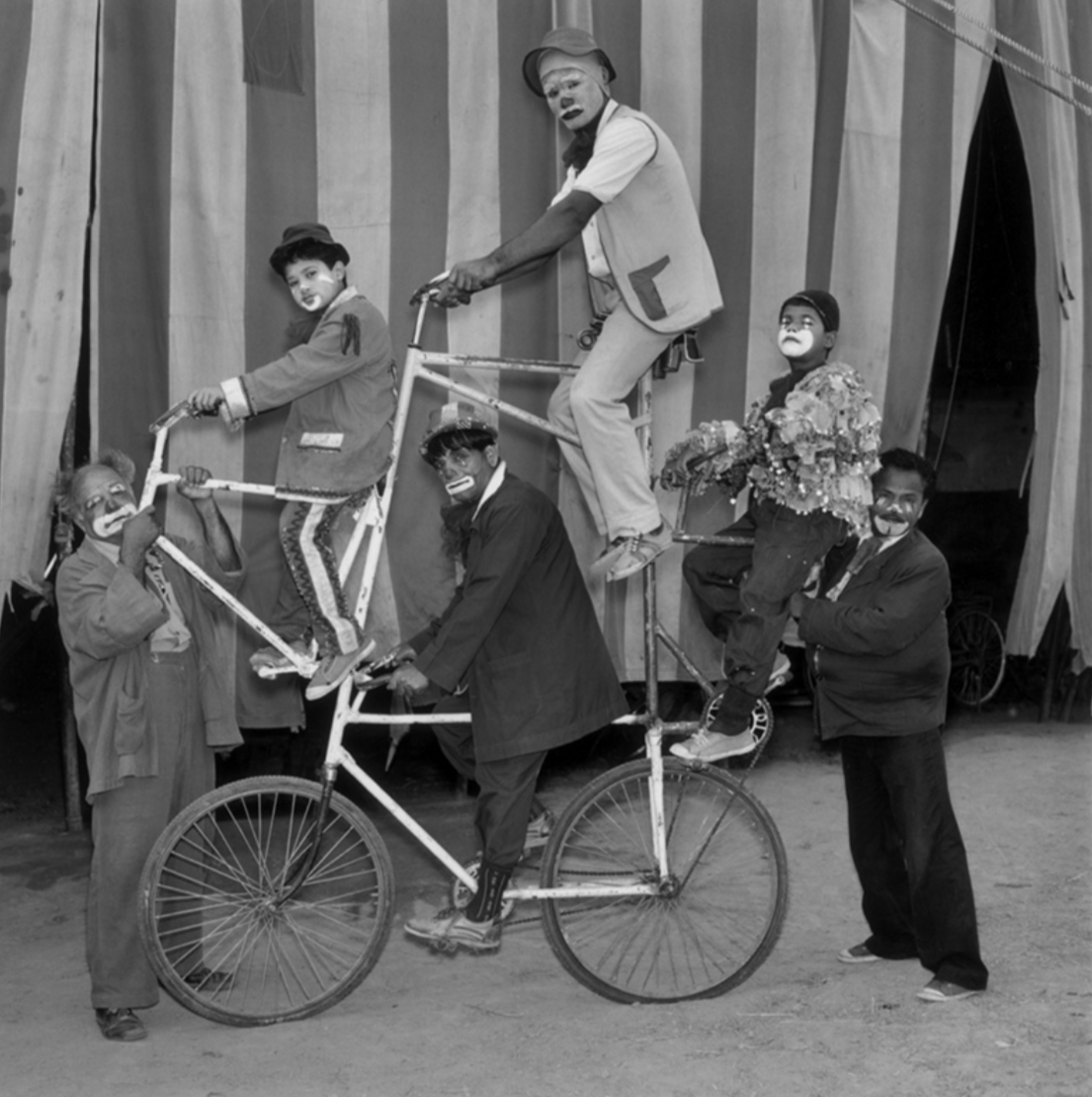
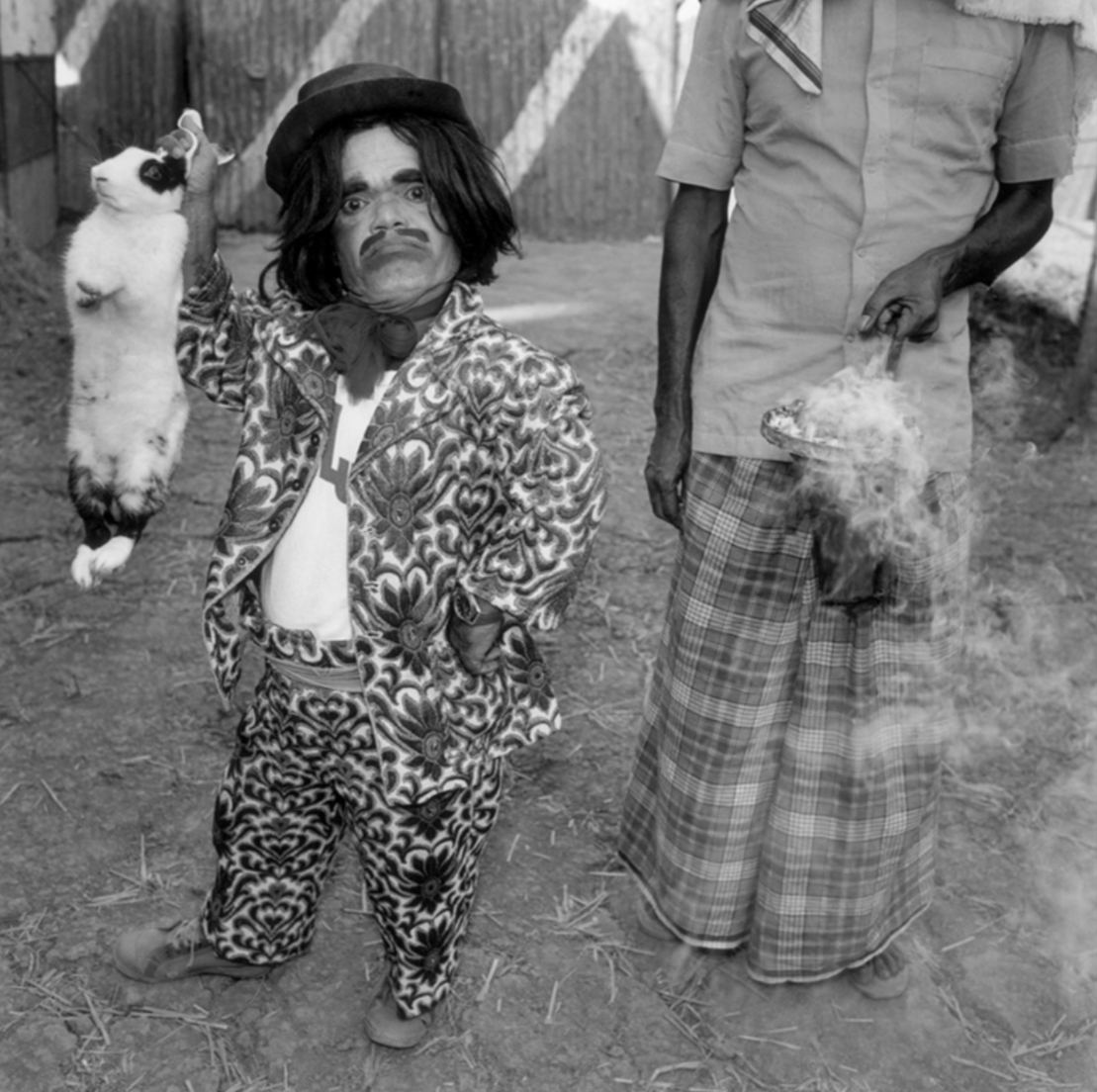
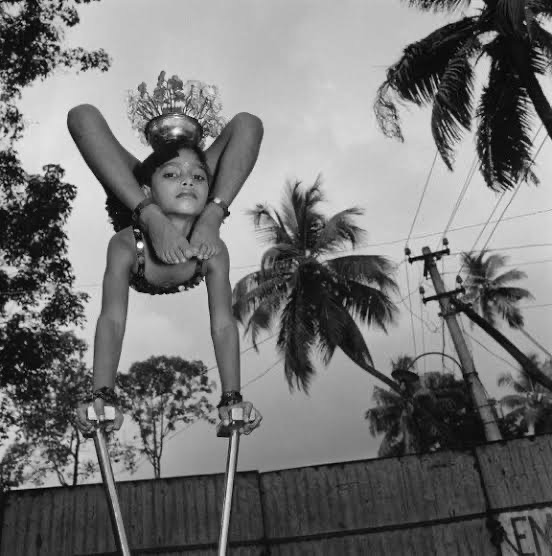
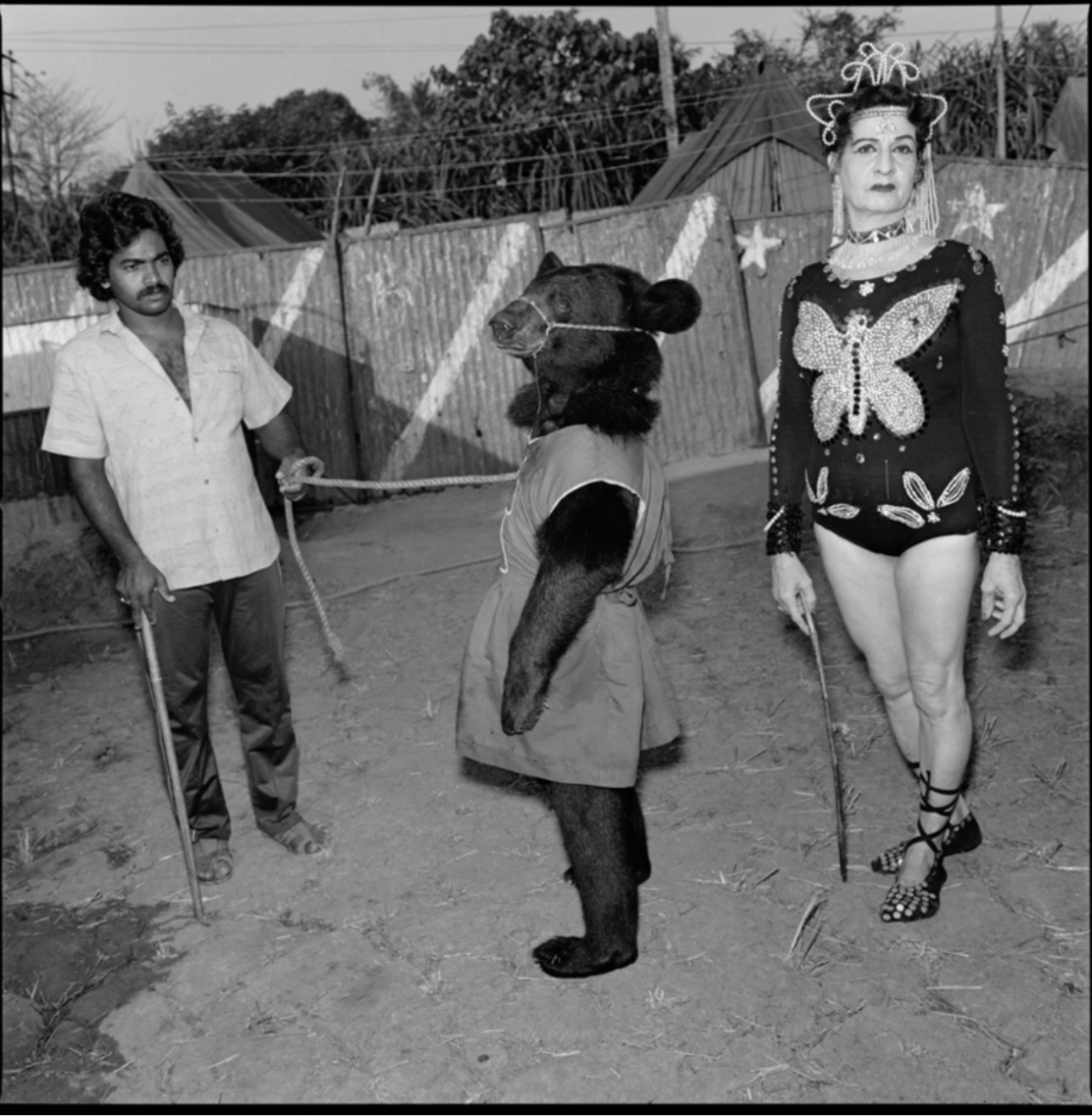
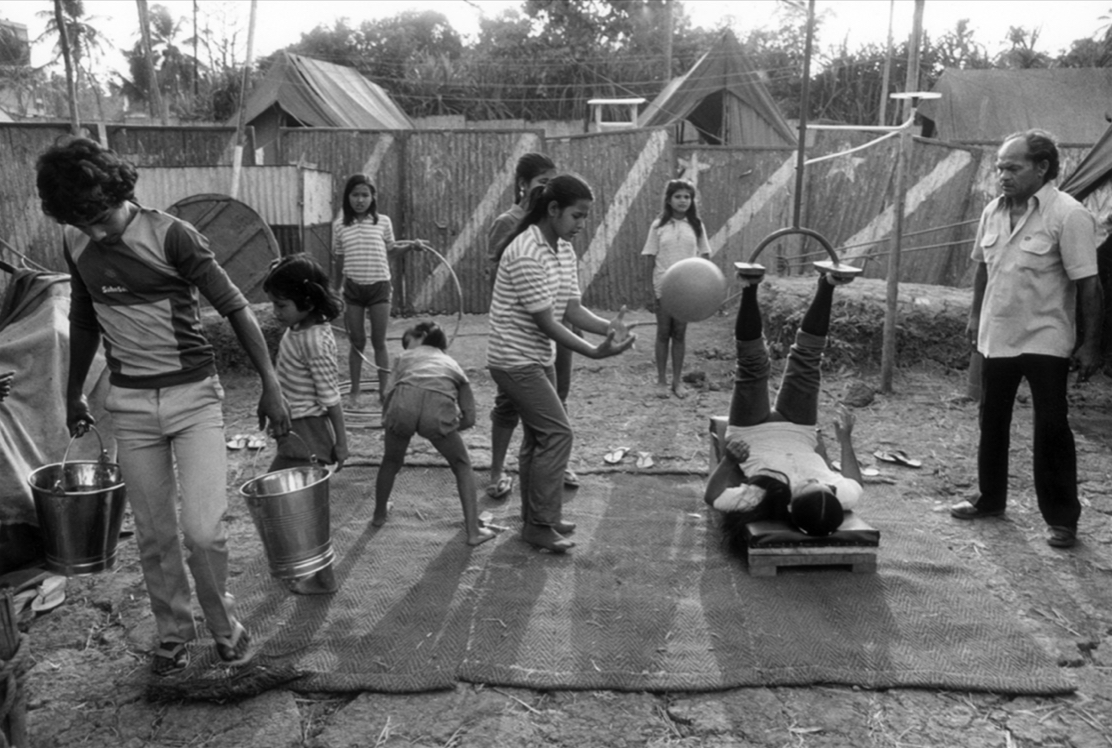



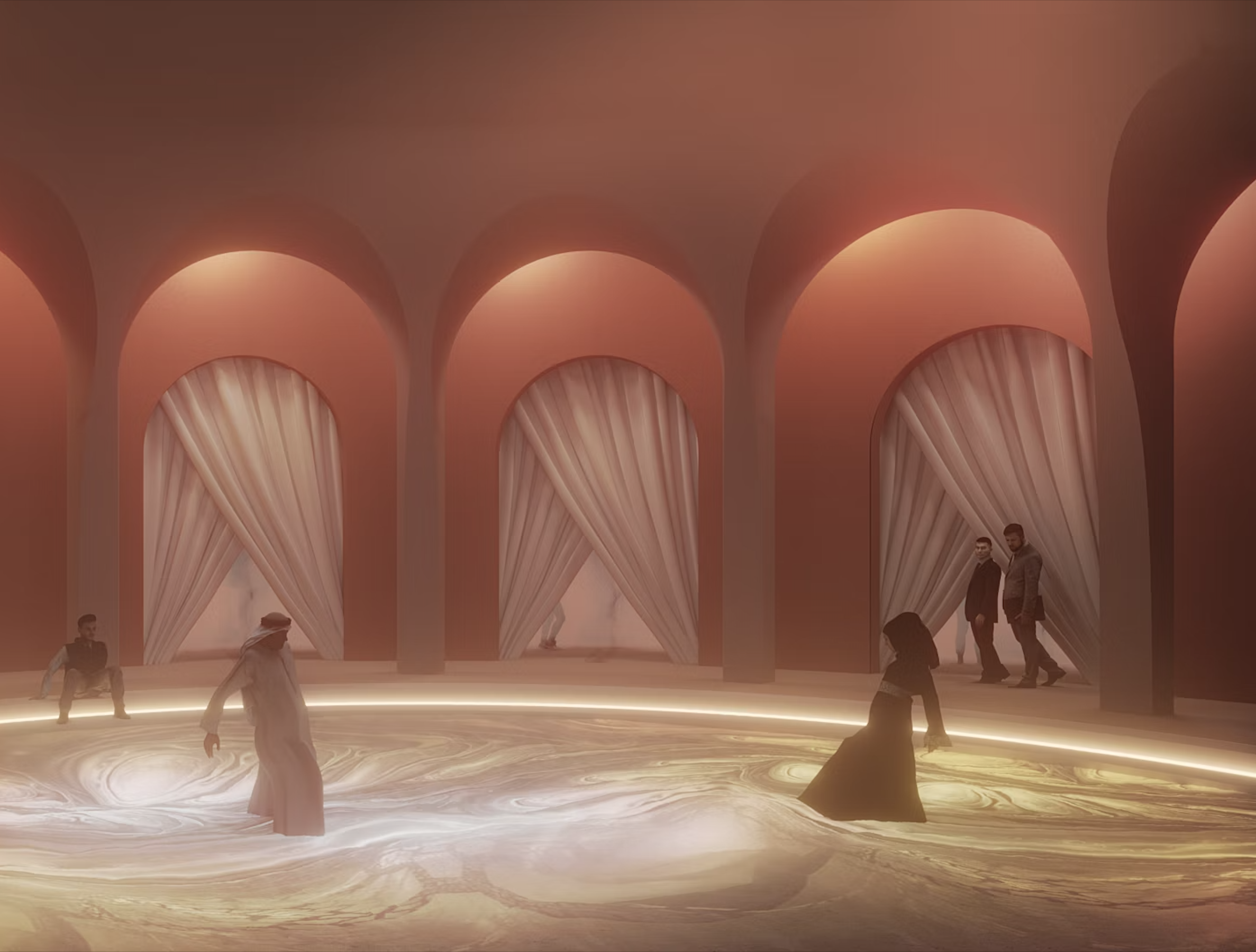

A great art of great talents
Need full dedication and commitment
We need to rejuvenate it
Kerala had a special place in this arts cum
Sports
The family of Shankar need to be recognised
History always remembered.